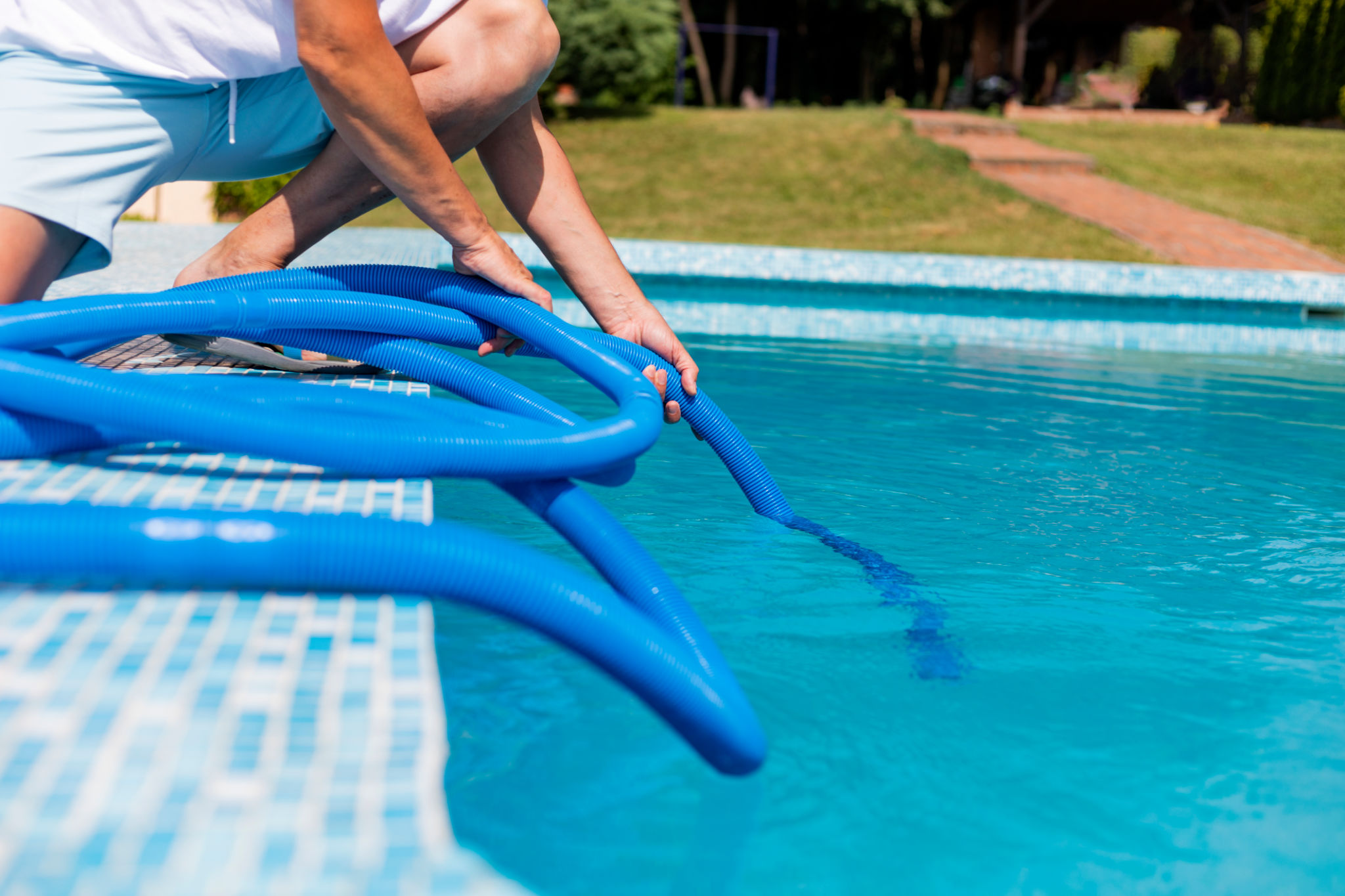How to Prepare Your Pool for Winter in New York
Understanding the Importance of Winterizing Your Pool
As the colder months approach in New York, it's crucial to prepare your pool for winter to protect it from potential damage. Winterizing your pool not only saves you from costly repairs but also ensures that it's ready to use when warmer weather returns. By taking some simple steps now, you can extend the life of your pool and maintain its pristine condition.
Failing to properly close your pool can result in cracked tiles, damaged equipment, and algae growth. This guide will walk you through each step to ensure your pool withstands the harsh New York winters.

Step 1: Thoroughly Clean Your Pool
The first step in winterizing your pool is to give it a thorough cleaning. Remove any debris, such as leaves and twigs, using a skimmer. Ensure that the pool walls and floor are scrubbed clean to prevent algae and bacteria from growing during the winter months.
Once the pool is clean, vacuum it to remove any fine particles that may have settled at the bottom. This will ensure that your pool is in top condition and ready for the next steps in the winterization process.
Step 2: Balance the Water Chemistry
It's essential to balance your pool's water chemistry before closing it for the winter. This involves adjusting the pH, alkalinity, and calcium hardness levels. Doing so will help prevent corrosion and scale buildup during the cold months.
Use a reliable pool testing kit to measure these levels and add the necessary chemicals to achieve the ideal balance. Remember, maintaining proper water chemistry is key to protecting your pool's surfaces and equipment.

Step 3: Lower the Water Level
Lowering the water level in your pool is a critical step in winterizing. Drain the water to about 4-6 inches below the skimmer opening or tile line. This helps prevent water from freezing and expanding, which can cause damage to your skimmer and plumbing lines.
Be sure to consult with your pool manufacturer or a professional if you're unsure about the correct water level for your specific pool type.
Step 4: Drain and Store Pool Equipment
It's important to drain all pool equipment, including pumps, heaters, and filters, to prevent freezing damage. Disconnect and store any removable equipment in a dry place during the winter months.
If your pool has an automatic cleaner, be sure to remove it as well and store it appropriately. This step will help prolong the life of your equipment and ensure it's ready for use when spring arrives.

Step 5: Cover Your Pool
A high-quality pool cover is an essential investment for winterizing your pool. Choose a durable cover that fits securely over your pool to keep out debris and sunlight. This will help prevent algae growth and keep your pool clean throughout the winter.
Ensure that the cover is tightly secured to prevent wind from lifting it off. Regularly check the cover for any tears or accumulated debris that may need to be removed.
Step 6: Monitor Your Pool Throughout Winter
Even after you've winterized your pool, it's important to periodically check on it throughout the winter months. Inspect the cover for damage or sagging and remove any heavy snow buildup promptly.
By taking these simple steps, you'll ensure that your pool remains in excellent condition, ready for enjoyment as soon as the warm weather returns.
